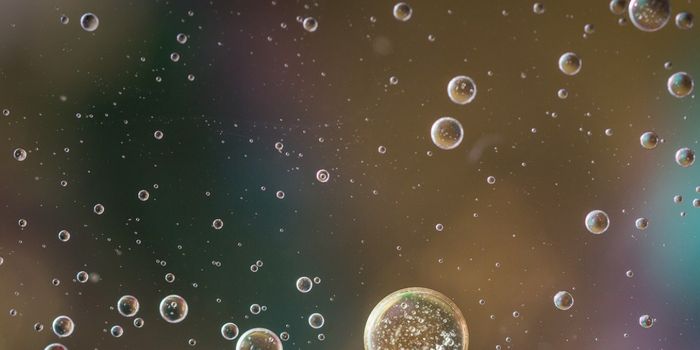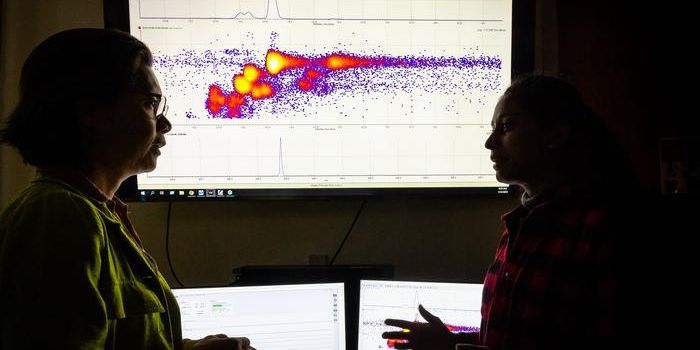3D Movies of Cellular Activity in Unprecedented Detail
Advanced microscopy is getting better all the time, as stunning new movies from the team of physicist Eric Betzig, a group leader at the Howard Hughes Medical Institute’s Janelia Research Campus, reveal. Two techniques, adaptive optics and lattice light sheet microscopy have been merged to create a powerful technology that shows cells in action, in 3D and in stunning detail. The work has been reported in Science; you can see many examples of their work in the videos.
To be studied in the laboratory, cells have traditionally been grown in single layers, an utterly different environment from the one they normally live in - the layered dimensions of the human body. Then scientists typically stain and visualize these cells in a fixed state on glass slides.
“This raises the nagging doubt that we are not seeing cells in their native state, happily ensconced in the organism in which they evolved,” said Betzig.
Microscopes also require intense light to illuminate structures on the nanoscale. “This also contributes to our fear that we are not seeing cells in their natural, unstressed form,” he explained. “It’s often said that seeing is believing, but when it comes to cell biology, I think the more appropriate question is, ‘When can we believe what we see?’”
Betzig utilized lattice light sheet microscopy, which can quickly shine a sheet of light through cells as a series of 2D images are acquired. A 3D movie of subcellular activity is then created by compiling the images. The research team combined that with adaptive optics, a technology that allows astronomers to see objects with more clarity through the distorting atmosphere of the Earth. Images free of distortion can thus be created when viewing the illuminated sheet. The researchers were also able to remove aberrations and determine where corrections need to be made.
The result of their work is awesome images of subcellular structures, as seen in the movies.
Adaptive optics were necessary for that level of detail, Betzig said. “It’s just too damn fuzzy.” He considers adaptive optics to be one of the microscopy’s most important areas. The lattice light sheet was a great place to apply it. It is an expensive tool, however, and adaptive optics isn't yet popular; it simply isn’t worth it. That may now be changing.
First, it has to be made available for practical use. “Technical demonstrations and publications don’t amount to a hill of beans. The only metric by which a microscope should be judged is how many people use it, and the significance of what they discover with it,” Betzig admitted.
The instrument is still quite large, unfortunately, and needs about ten feet of space on a table. “It’s a bit of a Frankenstein’s monster right now,” said Betzig. His team is working on a smaller version, and they hope to release plans so that others can build their own. There is potential that the tool will become used by many others in the future.
“If you really want to understand the cell in vivo, and image it with the quality possible in vitro, this is the price of admission,” he said.








